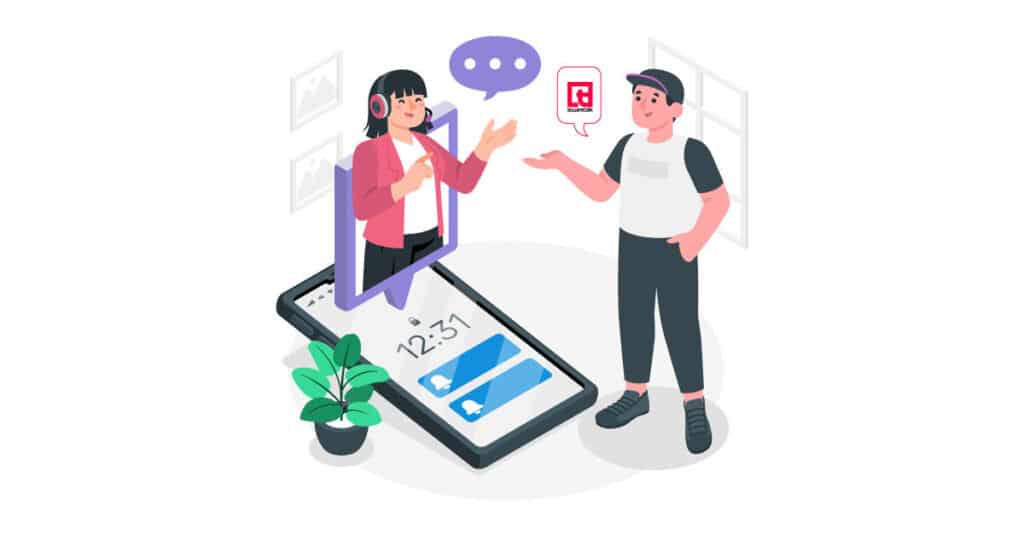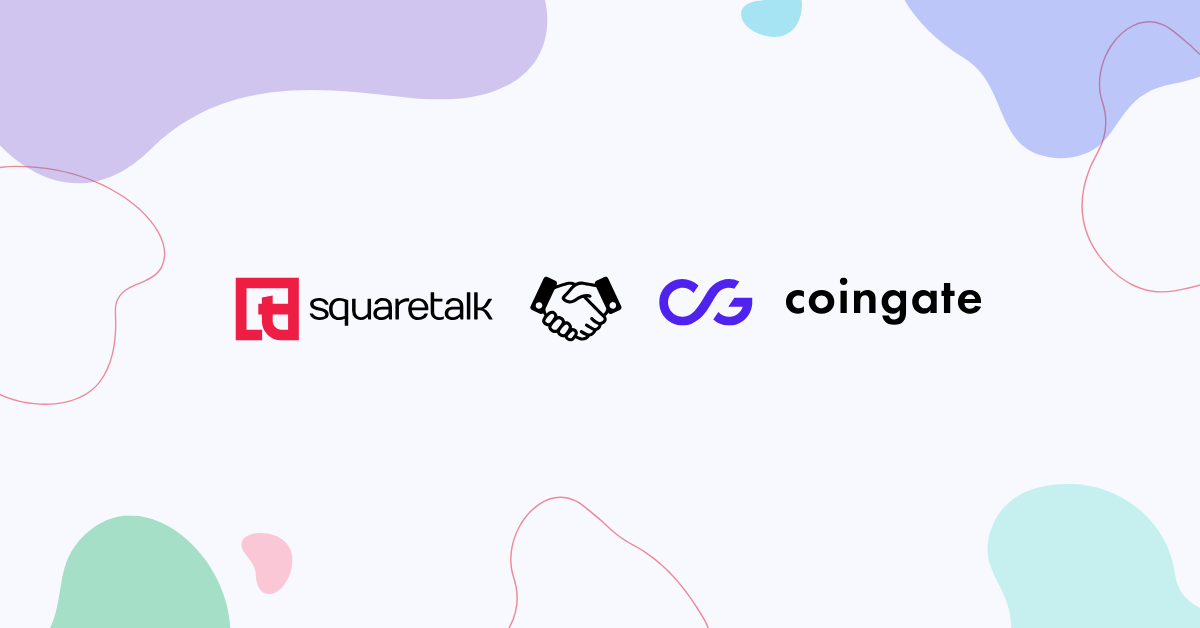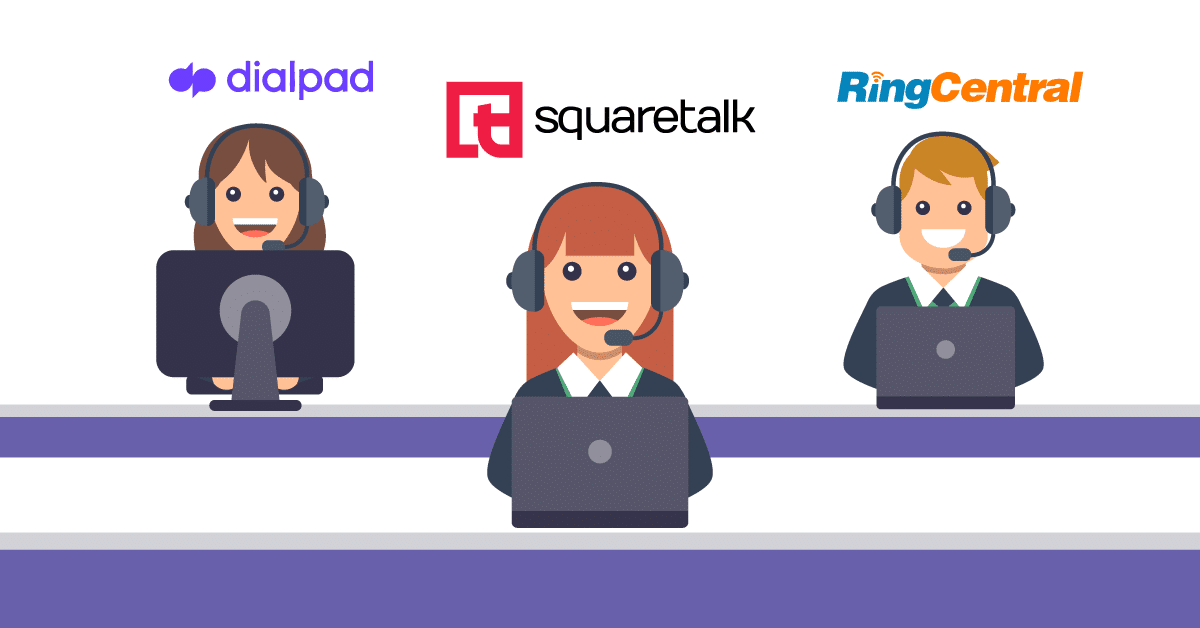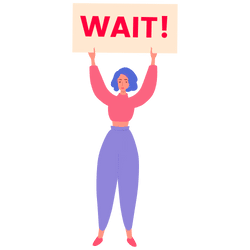Cold calling is one of the oldest and most effective sales techniques.
It’s very straightforward: you select a lead from a targeted list who hasn’t interacted with your business before, dial their number, establish a connection, identify their needs, present your product or service as the solution, address objections, and work toward closing a deal.
Sounds easy enough on paper, but modern cold calling is far more complex than just dialing and pitching. Sales reps must juggle high call volumes, updating contact records, tracking call outcomes, managing time zones, and scheduling follow-ups—all processes that can become overwhelming when relying on manual tasks and spreadsheets.
That’s where contact centers come in. They empower your team with advanced calling features, real-time analytics, and third-party integrations to help you automate tasks and workflows, track leads, and measure success.
In today’s article, you’ll discover how a contact center changes cold calling and why using one is essential for every sales team’s success.
Challenges of Cold Calling Without a Contact Center
Cold calling can be very effective if you manage it well. However, you may encounter significant roadblocks that stunt your growth without a proper system.
Here are the main challenges you face when cold calling without a contact center:
1. Lack of Organization and Inefficiency
You risk losing leads if you track phone numbers on sticky notes or spreadsheets. It’s easy to mix up call details, forget about follow-ups, duplicate data, and keep inconsistent notes.
Without a dialing system, your reps spend less time on actual conversations and more on manually dialing (sometimes wrong numbers), calling prospects at inconvenient times, and dealing with busy signals, voicemails, and no answers.
2. Inconsistent Communication and Follow-Ups
Consistency is key in sales. When you don’t document call outcomes properly and follow scripts or guidelines, you risk repeating yourself or missing critical next steps.
Your reps might forget who requested more information or skip follow-up calls without reminders. This can irritate prospects and cause warm leads to drop off.
3. Limited Scalability for Outreach Efforts
Cold calling cannot scale if you rely on manual dialing. You can only make a limited number of calls daily without risking burning out your team or making mistakes.
Without cloud-based infrastructure, you also won’t be able to support and manage remote agents or global teams.
Large-scale outreach requires a system to handle large call lists, multiple time zones, and different target markets. The more you scale your operations up, the more customer data you have to manage, which further hinders your team without a contact center.
4. Difficulty in Tracking Performance Metrics
Success in cold calling hinges on metrics like connection rates, call volume, conversion rates, and average call duration. However, tracking them manually is time-consuming. You are more likely to base decisions on guesswork rather than data. That can lead to flawed strategies and missed opportunities.
Without real-time analytics, you can’t identify which strategies are most effective, making it difficult to refine your approach and boost performance. Additionally, you’ll have limited visibility into which agents require extra training and support.
What Is a Contact Center for Cold Calling?
A contact center is a centralized hub that manages your communication with leads and customers. It consolidates every phone call, text, and digital interaction.
Its purpose is to offer structure, efficiency, and accountability in every interaction. That keeps your cold-calling campaigns running smoothly.
Modern contact centers often include the following tools and technologies:
- VoIP (Voice over Internet Protocol): Internet-based calls to reduce telecom costs and provide higher quality connections.
- Auto Dialers: Automated dialing systems to increase call volume and answer rates, and reduce agent idle time.
- Call Routing: Directing calls to the right reps based on availability or skill set.
- CRM Integrations: Synchronized data with a Customer Relationship Management system for up-to-date lead information.
- Call Scheduling and Follow-Ups: Auto-follow-up scheduling, reminders, and AI suggestions for best call times.
- Dynamic Scripts: Scripts that adapt in real time based on the prospect’s responses, objections, or industry.
- Real-Time Reporting & Analytics: Live view of metrics like call volumes, pick-up rates, or average handling time.
- Call Recording & Monitoring: Logs for training, compliance audits, and quality assurance checks.
Key Benefits of a Contact Center for Sales Teams
Here are the core benefits of having a contact center for cold calling:
1. Increased Efficiency
A contact center automates many repetitive tasks. Auto dialers reduce the idle time between calls and integrated CRM systems log call outcomes automatically.
You don’t have to switch between multiple tools. Instead, everything you need is under one roof.
According to a recent survey, a predictive dialer may boost your contact center’s productivity by 80%. This extra efficiency allows you to contact more prospects in less time.
2. Advanced Lead Management
You need a clear view of your leads. A contact center connects with your CRM, so every call, note, or email syncs automatically and is accessible to all team members.
You can prioritize prospects based on score, engagement, or buying signals and receive real-time notifications when hot leads engage. With such insights, you won’t miss a chance to follow up at the perfect moment.
3. Improved Scalability
A contact center grows with your business. As you add reps or employ people in multiple regions, you can scale the system without considerable investments in hardware.
This is especially true with cloud-based contact center solutions. They allow you to add new users or phone lines quickly without worrying about physical infrastructure or capacity planning.
4. Cost-Effectiveness
Cloud-based contact centers typically offer flexible, tiered, or per-user pricing models. With pay-as-you-go options, you can significantly reduce operational costs compared to traditional phone systems.
Lower phone bills through VoIP are another bonus. More efficient processes also lead to higher conversion rates, allowing you to generate more revenue without increasing your budget.
5. Enhanced Customer Engagement
A contact center helps sales teams engage cold prospects more effectively by removing barriers to connection and improving conversation quality with:
- Localized Caller IDs – Using a local area code or regional number increases pickup rates.
- Personalized Outreach – A contact center helps you tailor pitches by referencing past interactions, industry pain points, or company details stored in the CRM records.
- Dialing and Timing Optimization – AI-powered systems analyze response patterns to reach out to prospects when they’re most likely to answer, increasing live conversations.
- Dynamic Scripts – Scripts that adjust based on a prospect’s responses help reps handle objections effectively and keep conversations engaging.
6. Better Data Management
A contact center provides a centralized database. You can find call histories, transcripts, and lead statuses in one place. This shared data improves productivity and service level consistency. Reps can spend more time on high-value leads, increasing close rates.
Centralized information and management also provide faster onboarding and training. New hires get instant access to past call data, scripts, and best practices. Call recordings allow you to train with real-life examples.
7. Enhanced Performance Monitoring
Real-time analytics help you see trends and performance insights. If you spot a dip in conversions, you can review call recordings to find the cause and swiftly optimize campaigns.
You can also coach your team based on accurate data and organize personalized training.
8. Consistent Messaging
Scripts, CRM integrations, and training resources ensure everyone on your sales team uses a cohesive, data-driven approach. Technologies like speech analytics and real-time monitoring can track if agents follow messaging guidelines and send alerts for ideal pitch deviations. Live whisper features allow managers to coach reps mid-call without disrupting the conversation with a lead.
This consistency builds credibility, strengthens brand positioning, and improves the customer experience. Prospects receive clear, relevant, and structured information at all touchpoints.
Consistent messaging also makes it easier to onboard new reps. They can use scripts to get up to speed fast.
9. Better Compliance
Regulations govern how and when you can call prospects. You need to manage opt-outs and keep call recordings. A contact center can store all these logs and help you prove compliance if questions arise. It also flags phone numbers on Do Not Call lists. This proactive approach keeps your reputation safe and protects you from hefty fines.
How to Choose the Right Contact Center Solution
Companies make a lot of mistakes when choosing a call center solution. How do you pick the right one for your sales team? Here’s what you should look for:
1. Key Features
- Dialing systems: Various dialing modes (predictive, power, preview) to optimize call efficiency.
- Local ID: A local area code number for outbound calls, boosting answer rates and trust.
- Integration: Seamless connection with your existing CRM and other apps.
- Automation: Auto dialers, call logging, and scheduled follow-ups.
- Call Recordings: Capturing and storing conversations for quality assurance, training, and compliance auditing.
- User-Friendliness: Intuitive interfaces and a setup that doesn’t require a team of IT experts.
- Reporting: Detailed historical and real-time analytics on agent performance, call quality, and conversions.
- Compliance: Features and practices to ensure adherence to legal standards like the Telephone Consumer Protection Act (TCPA), Telemarketing Sales Rule (TSR), Do Not Call registry, and GDPR for cold calling.
2. Scalability and Customization Considerations
Your sales team might grow from 10 reps to 100 tomorrow and your contact center should handle that shift without hiccups. When speaking with a potential vendor, ask about load capacity and how easy adding or removing phone lines is. This will be easier with a cloud-based solution.
Consider customization, too – you’ll probably want to personalize dashboards, tailor workflows, or add modules that fit your industry.
3. Budget and ROI Analysis
You should always assess the total cost of ownership and potential returns on investment. A cheaper system might lack features that boost conversion rates or have hidden fees. A slightly pricier solution could pay for itself by providing higher efficiency and better customer engagement.
To be sure if a contact center is the right one for you, utilize free trials and demos. See firsthand if the system meets your needs before you roll it out company-wide.
Squaretalk: The Ultimate Call Center Software for Modern Sales Teams
If you’re looking for an advanced contact center platform, Squaretalk might be your best choice. It’s designed to increase efficiency and boost sales performance. Here’s what makes Squaretalk stand out:
1. AI Predictive Dialing
You no longer have to deal with wasted time or dropped calls. Squaretalk’s AI predictive dialer optimizes your outbound campaigns by analyzing data in real time and dialing the next number just as your current call wraps up. This prevents idle time for your agents and ensures they speak with more people in less time.
2. Local Caller ID
Want to appear local to your prospects? You can secure regional caller IDs. Squaretalk ensures you use phone numbers that match your target area to boost answer rates and local presence.
3. CRM Integration
Squaretalk connects seamlessly with major CRMs, like Zoho, Salesforce, and Pipedrive. Once integrated, you can sync lead data, track engagement, and automate workflows.
4. SMS Communication
Squaretalk lets you send text messages before and after calls or have separate SMS campaigns. This is handy for appointments, product demos, or special offers.
5. Real-Time Performance Dashboards
You can’t improve what you can’t measure. Squaretalk offers dashboards that update instantly. You see real-time KPS like total outgoing calls, answer ratio, agent performance, and conversion rates. This visual data helps you make quick decisions, data-based optimizations, and feedback.
6. Call Recording and Monitoring
Recording calls has two significant benefits. First, it ensures compliance. Second, it provides material for training. With Squaretalk, you get free unlimited recordings on every plan.
Ready to see the impact an advanced contact center can have on your next outbound campaign? See Squaretalk in action and how we can help exceed your sales targets.
Conclusion
Cold calling is still a crucial part of the sales process. But you need the right tools to maximize its potential and scale your outreach.
That’s why a contact center is essential. It keeps your data centralized, your messaging consistent, and your follow-ups timely and precise. The valuable and real-time analytics that help you spot trends, refine strategies, and coach your team for enhanced performance.
By leveraging contact center capabilities for cold calling, you can easily expand your outbound operations without sacrificing service quality.






